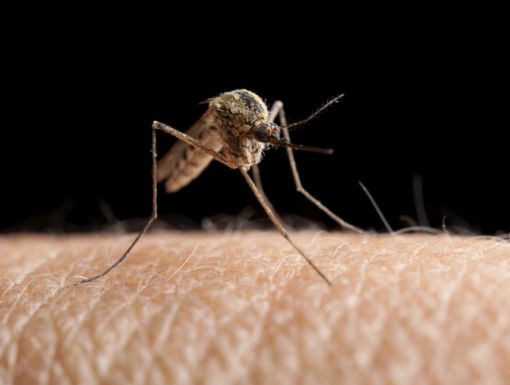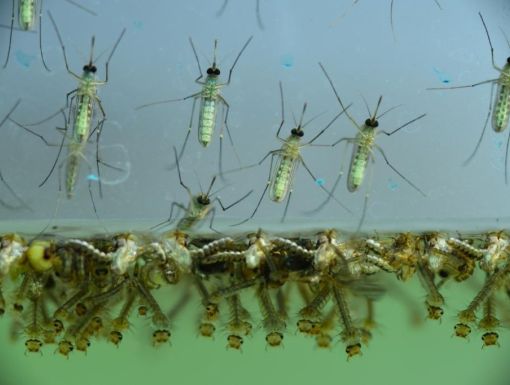
How to Get Rid of a Mosquito Bite
Anyone from the South knows that with our hot summer months come loads of mosquitoes and dreaded mosquito bites. As a child I seemed to have more bites than my siblings and was always told that I must have “sweet blood.” I guess that was my parents’ way of making me feel better about the fact that mosquitoes loved me.
Now that I’m a parent, it seems my son has inherited my “sweet blood” and has been plagued with mosquito bites. Everyone knows that when you have a bite that itches you aren’t supposed to scratch it. Well, tell that to my one-and-a-half-year-old son. I try my hardest to prevent bites, keeping bottles of insect repellent constantly on hand, but he inevitably gets bitten.
What most people don’t know about scratching insect bites is that it can cause a pretty serious and common skin infection called impetigo, also known as “Indian fire.” Unfortunately, I got this infection as a kid, so I’m very well aware of it. Dermatologist Dr. Lauren Ploch explains more about impetigo.
What is impetigo?
Impetigo is a contagious skin infection caused by bacteria that produces blisters or sores on the skin. It most commonly occurs on the face, neck, hands and diaper area.
Who typically gets impetigo?
Certain people are more likely to develop impetigo. Risk factors include:
- Having skin irritated by insect or mosquito bites, eczema, poison ivy, cuts or scrapes.
- Being two to six years of age.
- Regularly attending a daycare or school or being in a crowded environment where bacteria can spread easily.
- Poor hygiene – not washing hands regularly.
- Warm weather.
- Having dermatitis (itchy inflammation of the skin, sometimes caused by allergic reactions or eczema).
- Participating in activities that involve skin-to-skin contact.
- Having a compromised immune system.
What are the causes of impetigo?
Impetigo occurs when certain types of bacteria infect the skin. This can occur in a few different ways, such as:
- Mosquito or insect bites
- Through contact with infected skin or items that have touched the infection, such as towels, bedding and toys
- Skin-to-skin contact with an individual who has impetig - impetigo is very contagious and can easily spread once it has been scratched
- Injury to the skin
- Animal bites
What are the symptoms of impetigo?
Impetigo symptoms can be uncomfortable. Symptoms may vary, but typically include:
- Red sores that pop easily and leave a yellow crust
- Fluid-filled blisters
- Itchy rash
- Skin lesions
- Swollen lymph nodes
How do you treat impetigo?
- Impetigo is typically treated with either an antibiotic ointment or medication taken by mouth. Contact your child’s pediatrician or dermatologist if you think that your child has impetigo.
- While the infection is healing, gently wash the areas of infected skin with antiseptic soap.
- Do not allow your child to pick or scratch at the skin lesions, as this can lead to permanent scarring.
How do you prevent impetigo?
The very nature of childhood, which includes lots of physical contact and large-group activities, makes children the primary victims and carriers of impetigo, but there are ways to help prevent it:
- Good hygiene.
- Keep impetigo sores covered.
- Making sure that each family member uses a separate towel.
- Separate the infected person's bed linens, towels and clothing from those of other family members, and wash these items in hot water.


